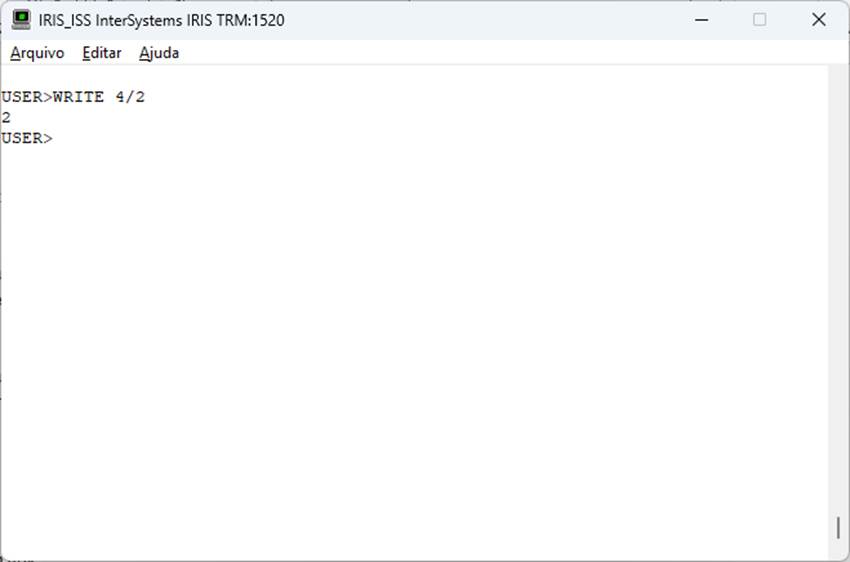.png)
The most upvoted idea on the InterSystems Ideas Portal—garnering 74 votes—requests a lightweight version of IRIS. While the platform has grown into a powerful data engine, many projects require only its SQL database capabilities. This article demonstrates how to build an unofficial, compact IRIS Community Edition image focused solely on core database functionality, reducing the image size by over 80%.
⚠️ Disclaimer
This project produces an unofficial, experimental image of InterSystems IRIS Community Edition.
- Not supported or endorsed by InterSystems.
- Use at your own risk. The modifications remove core platform features and may break compatibility with tools, APIs, and expected behaviors.
- No warranties or guarantees apply, including fitness for production use.
- Intended only for educational and experimental purposes by advanced users.
Why a Lightweight IRIS?
While IRIS today includes rich functionality—interoperability, analytics, machine learning, system management, etc.—many projects only require its core SQL capabilities. The official Community Edition Docker image is approximately:
- Disk usage: 3.5–3.8 GB
- Compressed size: ~1.1 GB
IRIS Light reduces that to:
- Disk usage: ~575–583 MB
- Compressed size: ~144–148 MB
This makes it suitable for:
- Microservice or containerized SQL use
- CI pipelines with faster startup and pull
- Horizontal scaling where full features are unnecessary


.png)



.png)
.png)
.png)